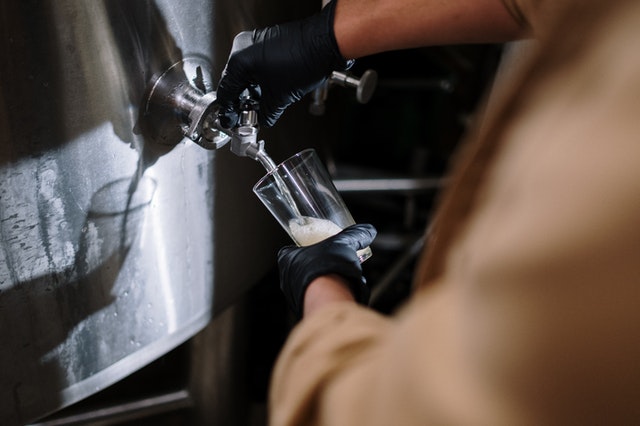By Joseph Hertrich – Retired Group Director, Brewing Raw Materials at Anheuser-Busch, Inc.
Investigating a phenolic, 4-vinyl guaiacol (4VG), off-flavor in finished beer in a brewery that did not have any wheat beer yeast in the plant, led to a search for wild yeast contamination. After the absence of any wild yeast contamination was confirmed, the investigation turned to ferulic acid in malt as the precursor to 4VG formation in the kettle and hot wort receiver.
All base malts have some level of ferulic acid, over a fairly wide range driven by row type, protein level, and cultural practice. In this case, it was determined that this brewery had inadvertently set up mashing conditions for the maximum extraction of ferulic acid from malt, Specifically, 113oF (45oC) starting temperature, a 50-minute starting rest time, and no mash calcium sulfate addition.
After understanding this dynamic, increasing the starting temperature to 130oF (54oC) shortening the starting rest to 15 minutes, and adding calcium sulfate to the mash, reduced the ferulic acid extraction and eliminated the 4VG finished beer off-flavor. Was it the malt? No question that ferulic acid is sourced in the malt, or was it the process choices?


